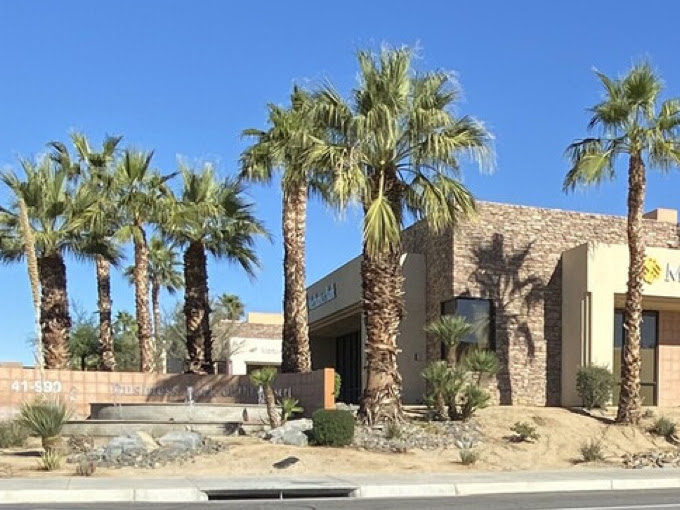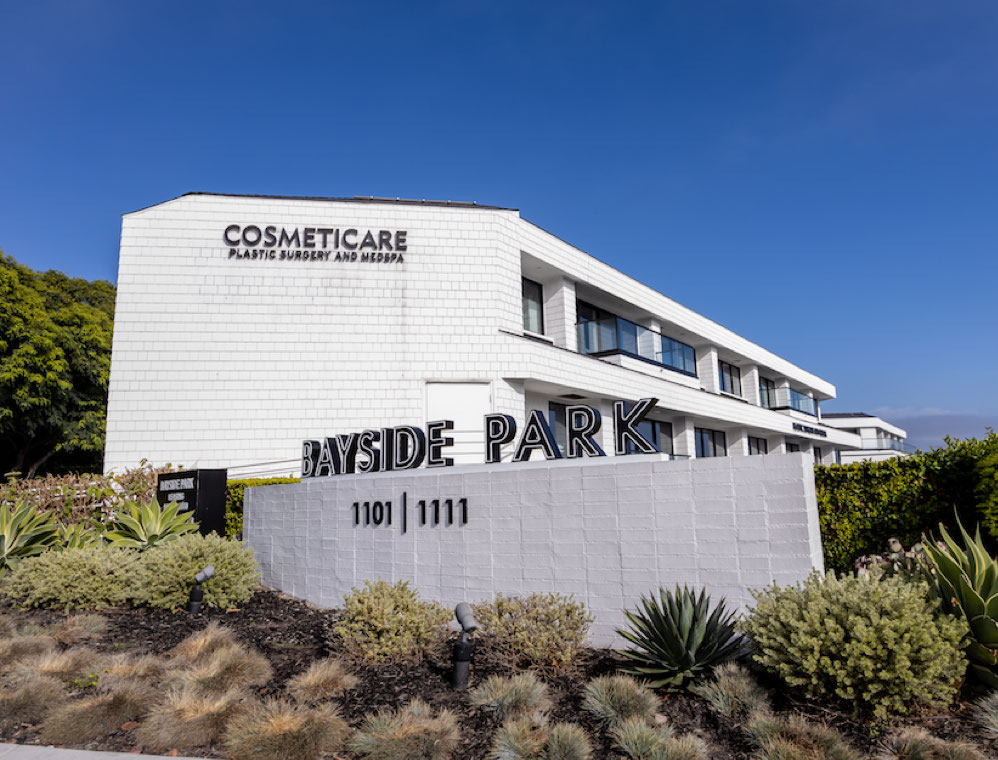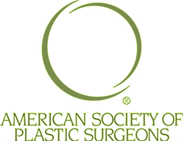 Rhinoplasty plastic surgery is an effective treatment for enlarged turbinates. Turbinates are long, narrow bones that project outwards from the sides of the septum inside the nasal cavity. Turbinates appear as small, curled lumps at the ends.
Rhinoplasty plastic surgery is an effective treatment for enlarged turbinates. Turbinates are long, narrow bones that project outwards from the sides of the septum inside the nasal cavity. Turbinates appear as small, curled lumps at the ends.
The nose has three types of turbinates. Superior turbinates are found in the upper part of the nose between the eyes and nose. Middle turbinates are located in the middle portion of the nose, and inferior turbinates sit right above the nostrils.
At the time of the pre-op consultation, the surgeon will evaluate the patient’s nasal condition and establish whether they are a candidate for enlarged turbinates surgery.
Board certified plastic surgeon Dr. Suzanne Quardt (Dr. Q) provides rhinoplasty to patients in Palm Springs, Palm Desert, Rancho Mirage, and surrounding communities.
Turbinate Rhinoplasty
This rhinoplasty procedure treats turbinates that have become inflamed because of irritants and allergies. At times, a turbinate may become compressed as a deviated septum pushes it to one side.
Consequently, the turbinate in the other nasal passageway becomes larger to compensate for the constricted turbinate, and this further aggravates breathing issues.
Some surgeons choose to treat enlarged turbinates by eliminating tissue to reduce their size while others do not remove any tissue. Instead, the surgeon fractures the turbinate in the outward direction.
Turbinates are an important feature as they warm and moisten the air entering the nasal passageways to facilitate proper breathing. The removal of turbinates may cause a painful condition known as atrophic rhinitis.
Breaking a turbinate in the outward direction and away from the septum and then resetting it creates a larger nasal airway. This improves the process of breathing and allows the turbinates to function appropriately.
Surgical Procedure
There are many surgical techniques that can help reduce the size of enlarged turbinates. The surgical procedure to treat enlarged turbinates is known as turbinate resection and turbinate reduction.
The cosmetic surgery procedure takes place in the surgeon’s office or an operating room. Septoplasty and turbinate resection are usually performed at the same time.
Removing a turbinate entirely can affect the overall function of turbinates and lead to a very dry and crusty nose. The turbinate tissue may grow back after the procedure in some patients, and this will require another surgical procedure. However, this is still more acceptable than removing a turbinate completely.
Certain techniques reduce the size of the turbinate without excising any bone or tissue. Coblation, cauterization, and radiofrequency reduction are some of these techniques.
In these procedures, the surgeon warms a portion of the turbinate using a specialized device. After some time, the turbinate constricts as scar tissue develops due to the process of heating.
Other procedures involve removing a portion of the turbinate. It is vital to allow sufficient turbinate to remain in the nose during such procedures. The remaining turbinate can moisten and warm the air entering the nose.
Submucosal Resection
A standard procedure to treat enlarged turbinates is called submucosal resection. In this procedure, the turbinate lining remains in the nose while the turbinate “stuffing” is removed.
Cosmetic surgeon Dr. Suzanne Quardt receives patients from Palm Springs, Palm Desert, Rancho Mirage, and nearby areas for rhinoplasty.
To learn more about the plastic surgery treatments and procedures performed by Dr. Suzanne Quardt (Dr. Q) please contact us at 760-324-2660. To learn more about Dr. Q’s Medical Spa please visit drqmedicalspa.com









Schedule a Consultation: (760) 537.4579